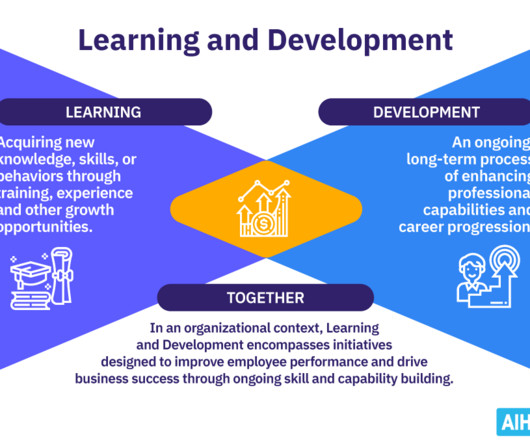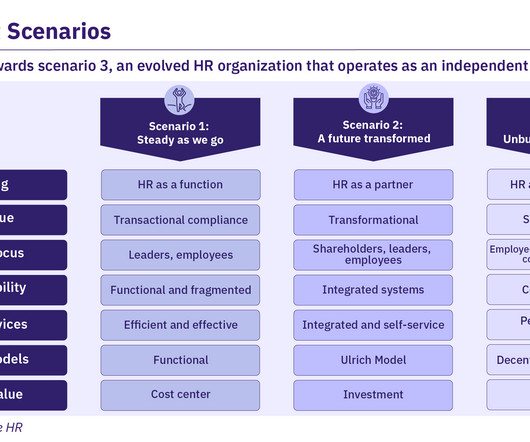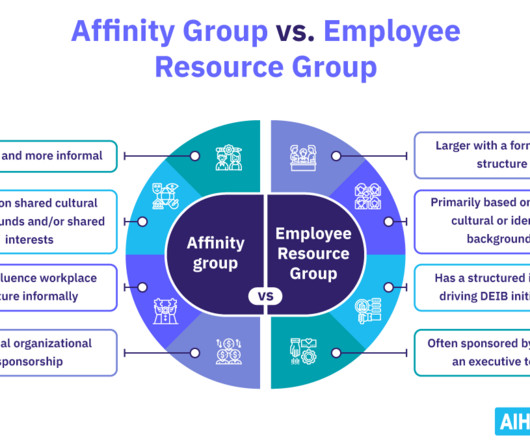To Work Well with GenAI, You Need to Learn How to Talk to It
Harvard Business Review
DECEMBER 15, 2023
Natural language conversations are at the foundation of how people work — historically that’s been true for how we work together, and now that’s also true for how we work with our computers. These conversations contain a lot of knowledge that LLMs will unlock — your conversation with PowerPoint, for example, can now become an amazing presentation. But conversations aren’t just about facts and data, the grounding and structure are important as well — that is what prompt engineering is.
























Let's personalize your content